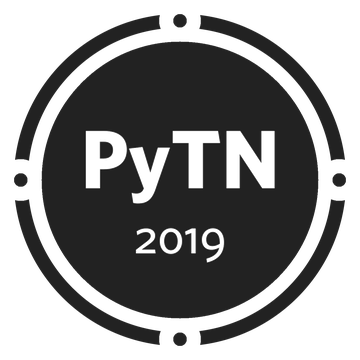Customizing Sphinx: Simple, Normal, and Hard
By
Paul Everitt
Many Python projects use Sphinx for documentation, so much so that Sphinx is like Python’s secret weapon. It’s a powerful, mature system for generating static content -- not just docs, but blogs and regular websites. Sphinx can also be customized and extended in various ways, and here the trip gets wild and wooly. This talk takes a look at themes and extensions.
Saturday noon–12:30 p.m. in Barbie Tootle
Many Python projects use Sphinx for documentation, so much so that Sphinx is like Python’s secret weapon. It’s a powerful, mature system for generating static content -- not just docs, but blogs and regular websites.
Sphinx can also be customized and extended in various ways, and here the trip gets wild and wooly. With such a venerable software stack, Sphinx can be inscrutable when you paint outside the lines.
This talk gives Sphinx civilians confidence to go beyond simply using Sphinx, towards adapting Sphinx to their needs: configuration values, local CSS and templates, installing extensions and themes, writing a small extension with a directive, and testing that extension. We’ll conclude with a roundup of challenges and benefits that come with diving into Sphinx.
As the talk provides shallow treatment of a wide topic list, follow-up and hands-on instruction will be given at an open space.
Paul Everitt
Paul is the PyCharm/WebStorm Developer Advocate at JetBrains. Before that, Paul was a co-founder of Zope Corporation, taking the first open source application server through $14M of funding. Paul has bootstrapped both the Python Software Foundation and the Plone Foundation. Prior to that, Paul was an officer in the US Navy, starting www.navy.mil in 1993.




















